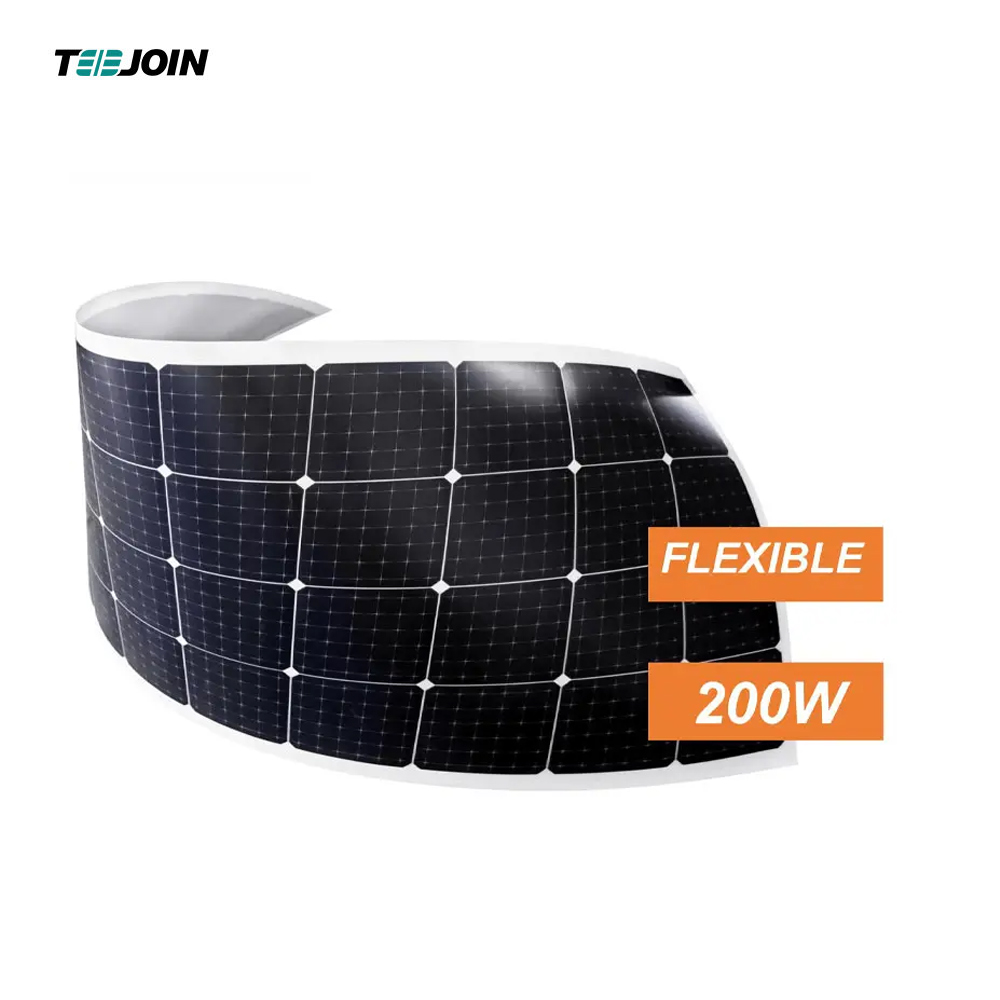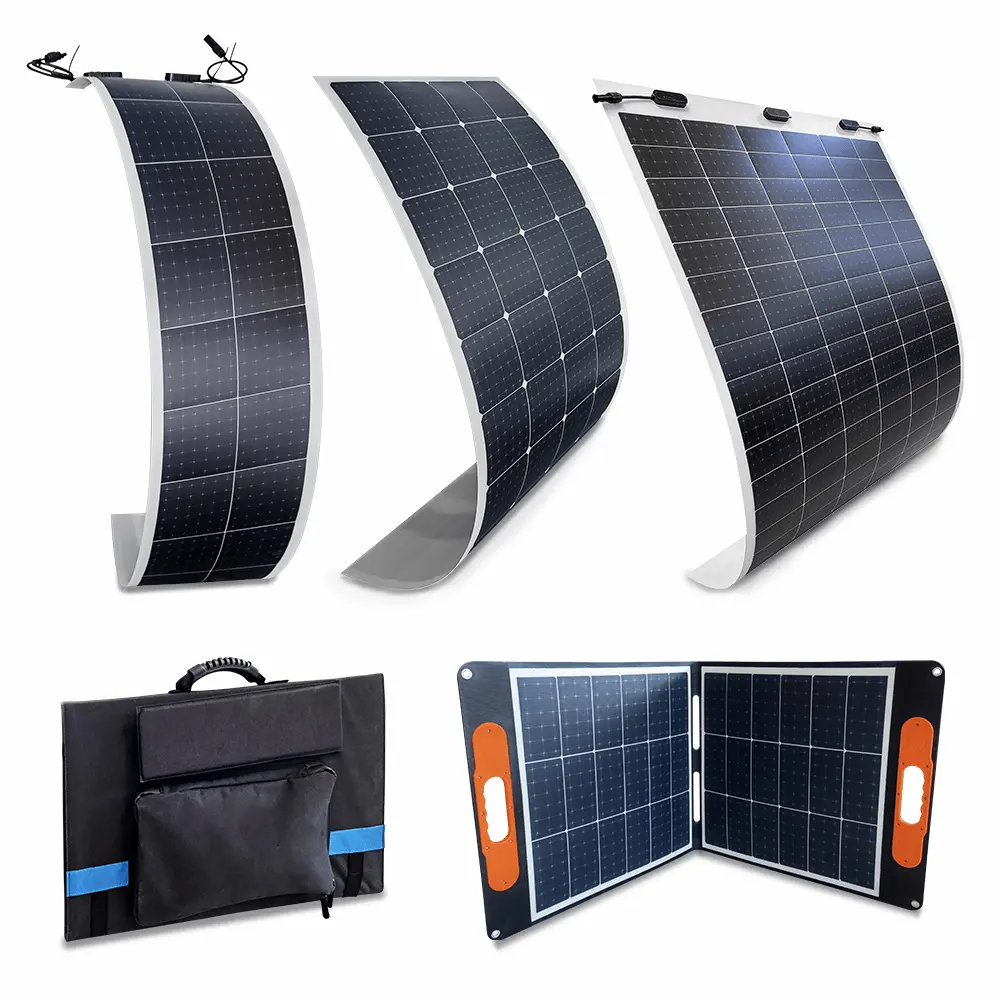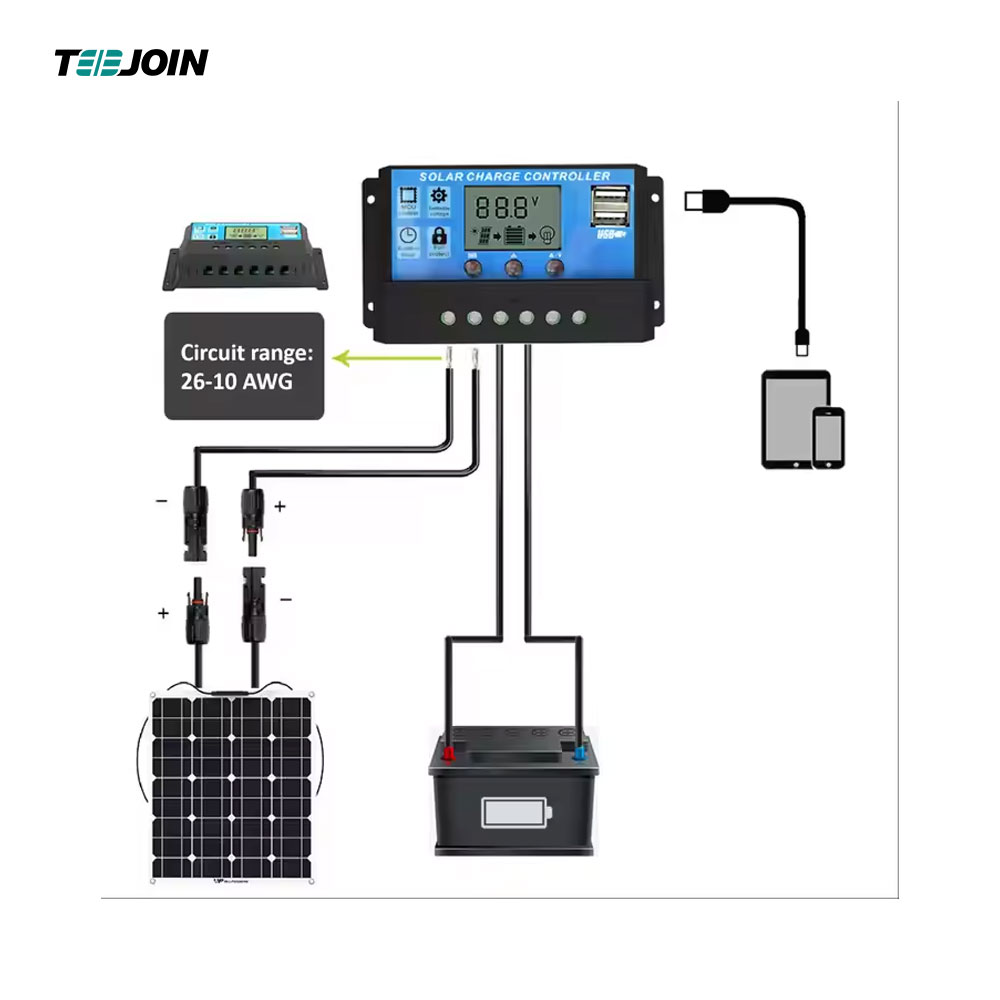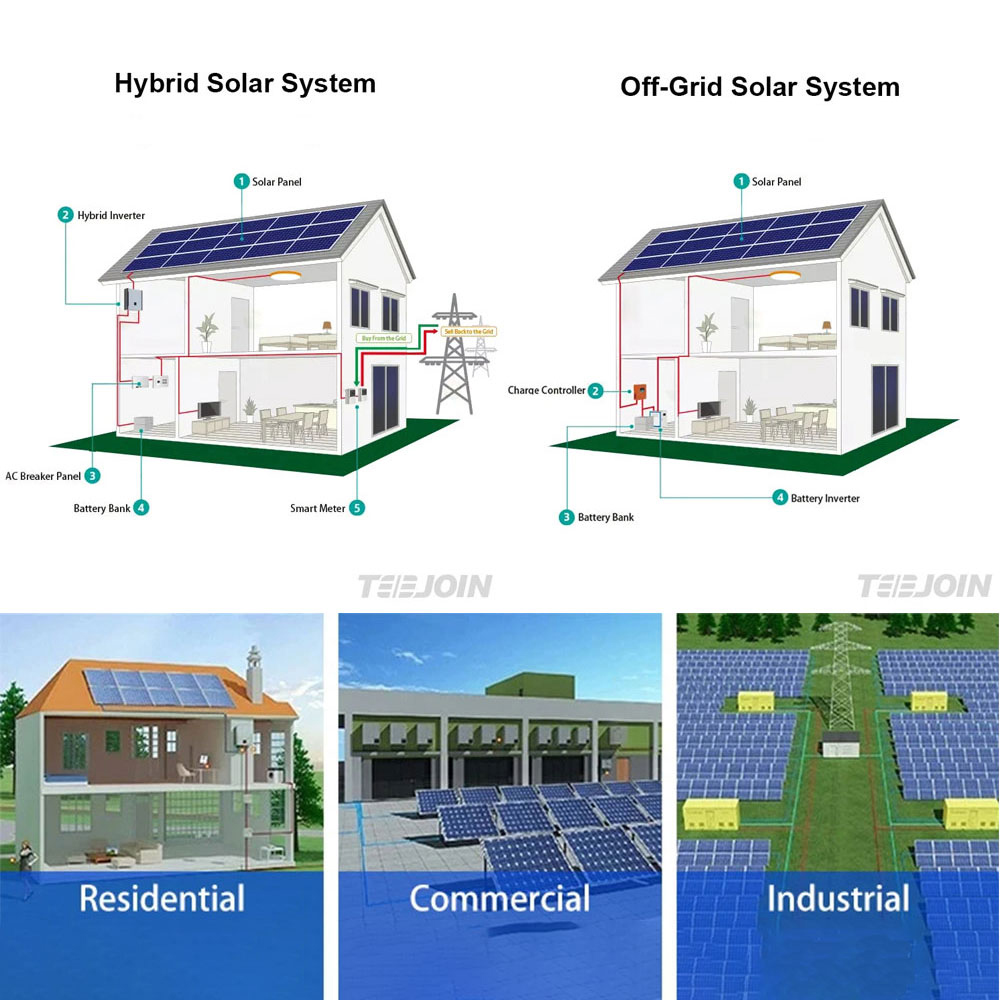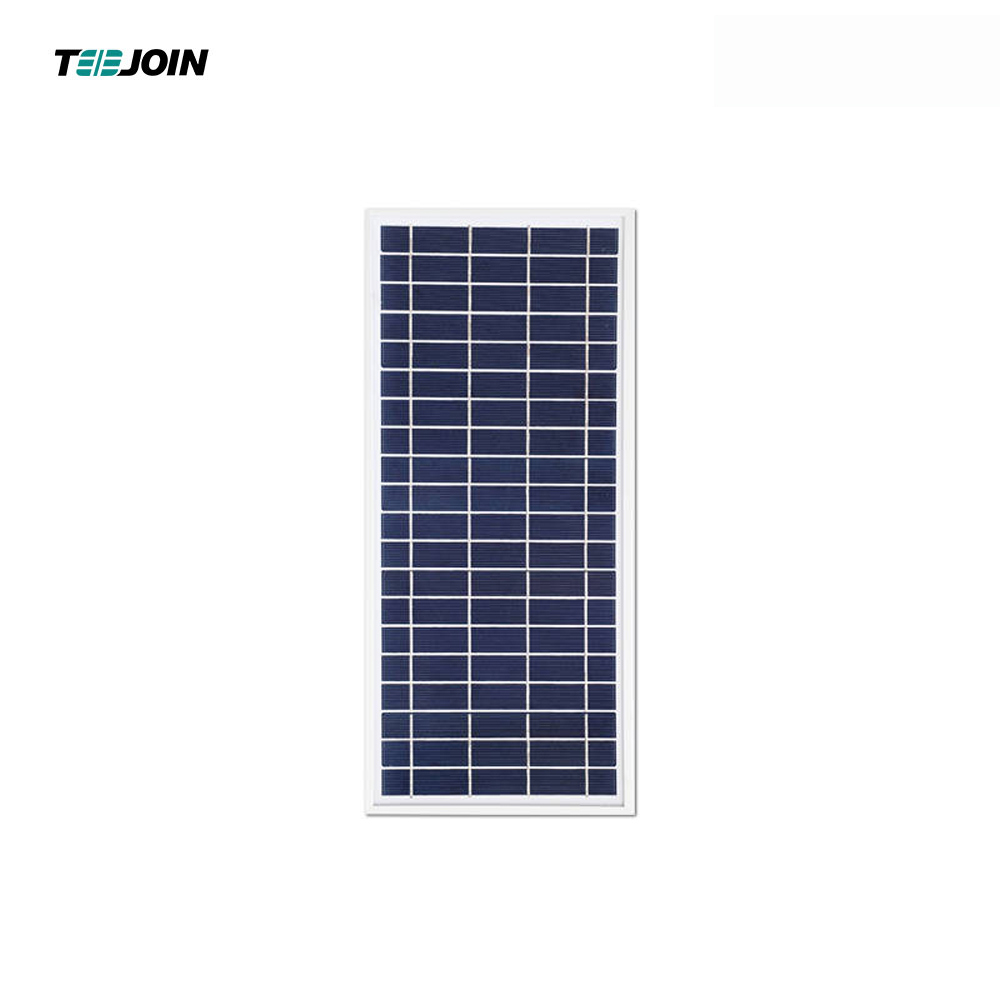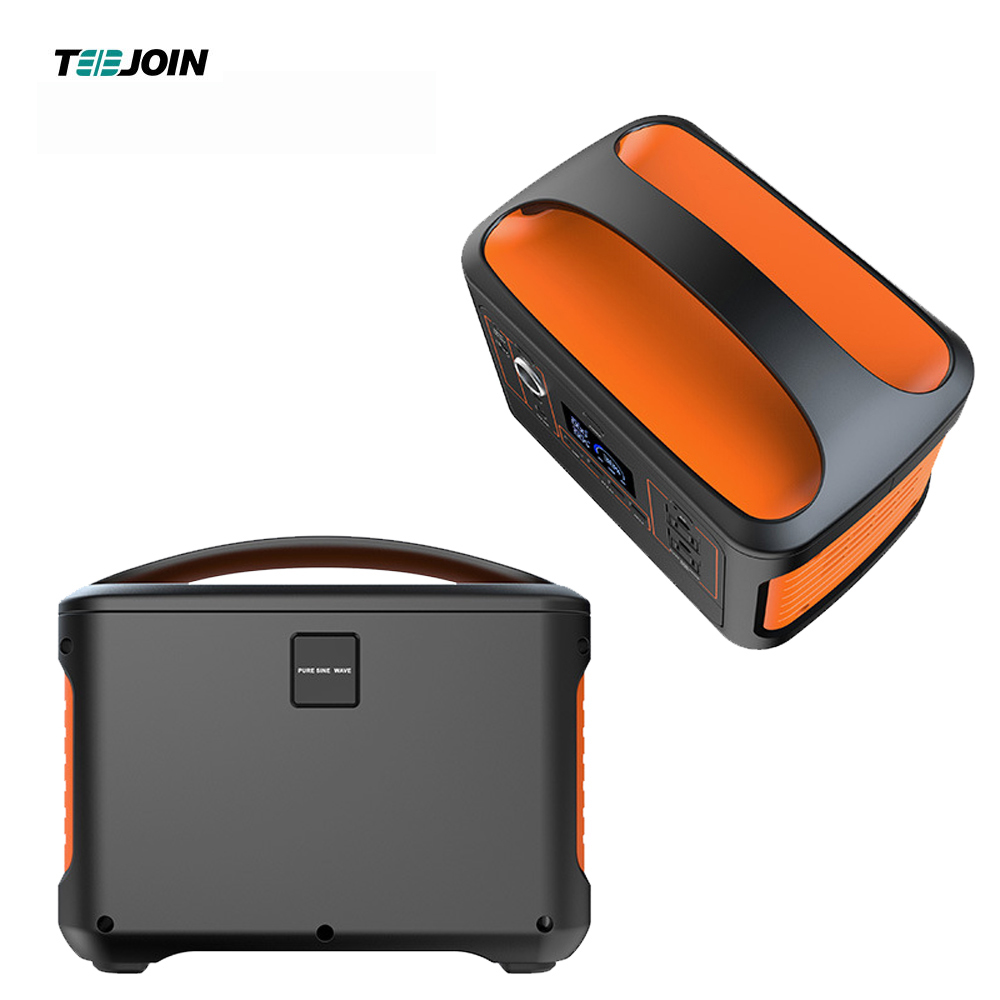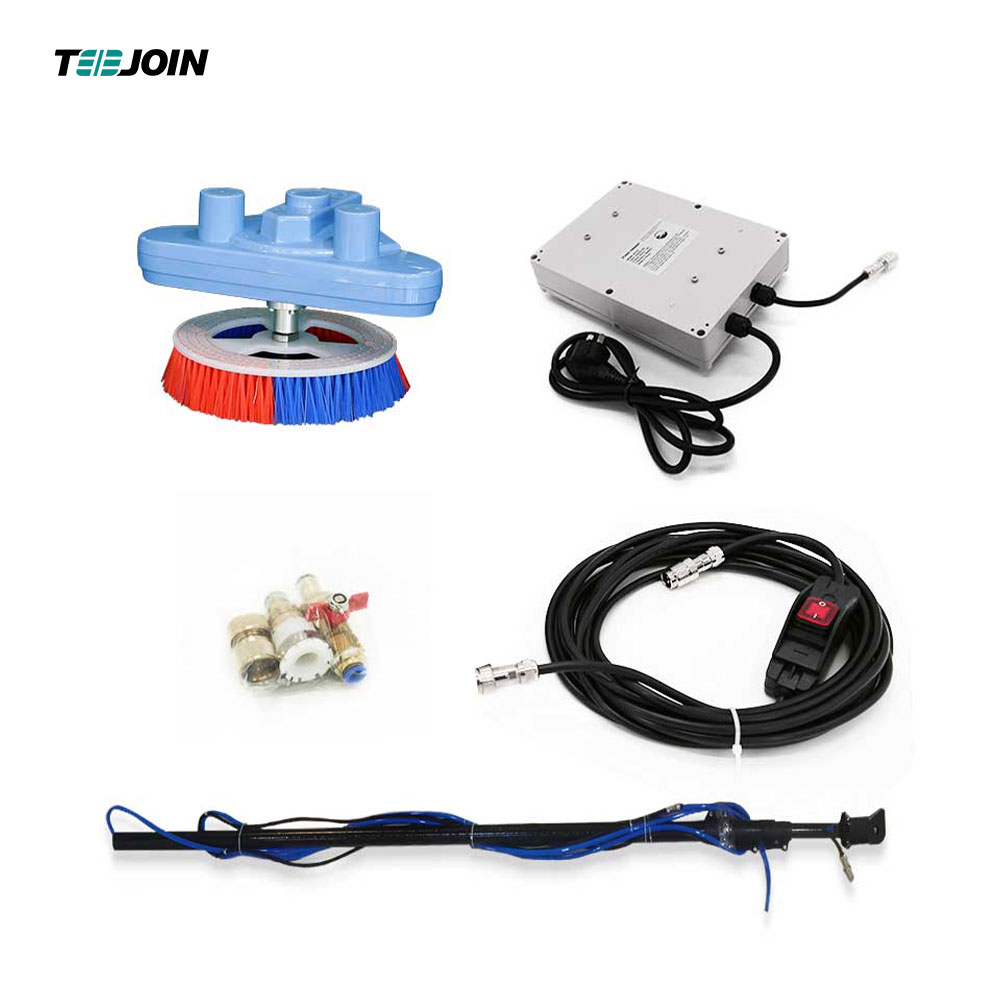Why you need a solar charge controller
Solar panels are not able to charge batteries directly. In order to convert the chaotic electricity produced by the solar panel into electricity acceptable to the battery, you also need a device, a solar charge controller. In direct sunlight, most 12V solar panels can produce about 16 to 20V. Batteries are delicate and they can be damaged if the charging voltage is too high. A charge controller can regulate this.
PWM: Pulse Width Modulation. When a solar panel produces 18v, the charge controller must convert it to a voltage that is safe for the battery at 13.8v. This type of charge controller will directly filter out any voltage above 13.8V, which will lose some power. PWM technology is simple and has been used in solar systems for decades. It is also inexpensive and has few internal parts.

MPPT: Maximum Power Point Tracking. It is a DC to DC transformer that converts power from a higher voltage to a lower voltage. The amount of power remains the same (except for a small loss in the conversion process). For example, if your panel produces 18V at 6 amps, the charge controller will adjust the voltage to 13.8 and increase the current to about 7 amps. This gives the battery more power because the total charging power does not drop much.

Because MPPT controllers can accept higher voltage inputs, they have a better advantage when connecting multiple panels together.
In the previous section we talked about how there are two ways to connect solar panels: in series and in parallel.
If you are using a PWM controller, then there is no other option but to connect them in parallel. This means more combiners, fuses and larger wires. All of this costs more money and takes more time to install.
If you are using an MPPT controller, you can just connect multiple panels in series to get a higher input voltage and let the MPPT controller control what happens later with charging. No combiners, fuses or oversized wires are needed.
Therefore, MPPT charge controllers are the preferred solution.
If you come across a cheap charge controller that says something like "MPPT simulation", it's just a PWM in disguise.
More Product Picks
Follow us ! TEEJOIN SOLAR







